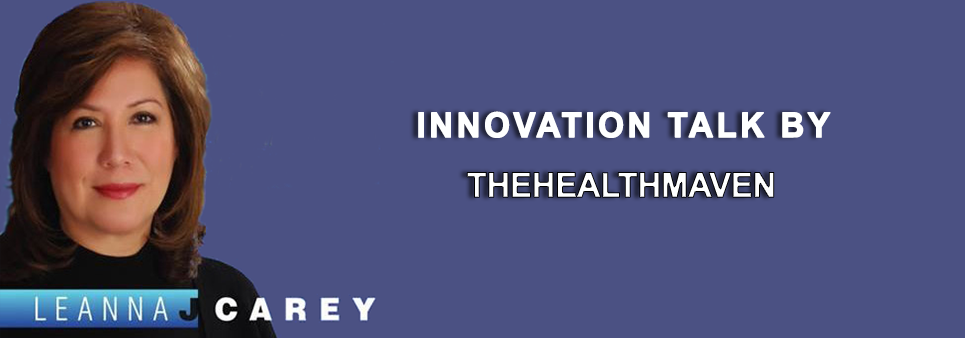Sensazione is the continual refinement of the senses, sight, sound, smell, taste and touch, especially sight, as the means to enliven experience.
After another mind clearing Sunday of wandering the National Gallery I picked up Michael J. Gelb’s, book How to Think Like Leonardo da Vinci, and had to smile when I discovered that Gelb is a creativity and innovation expert whose writing inspires both the innovator and everyday individuals looking to disrupt their own thinking. Ironically, it was Gelb that helped me to connect the dots on the success and growth of HeartMath LLC, a company which understood its creative potential from the very beginning.
After my interview with innovator Bruce Cryer, a founding member and Global Director of HeartMath, I am certain that the concept of sensazione and understanding how to leverage time were two key ingredients to their success. Cryer explains that they started with a simple concept “when your heart is involved in what you do, things go better.” I’ll borrow a quote from author, Cathryn Hrudicka who says that creativity is the, “synthesis of ideas and that we must have a vision or an intuition of a place to go, new products, innovations and business models.” What steps did HeartMath take to make it to the global market from having a great idea? Designing a product around a new understanding of how the heart and brain talk to each other is not so simple.
A Creative Team
Cryer describes that in 1991, Doc Childre intentionally put together a founding team with backgrounds from science, business, education, art and music to design a product that would help consumers learn to transform stress. One question that was always raised during development meetings was, “how will the customer respond to this idea?” HeartMath’s objective was to make the technology enjoyable for consumers as they learned about controlling stress. Cryer recognized early on that Steve Jobs always intrigued and inspired consumers and HeartMath did not keep the Jobs philosophy in the abstract. Had they a looking glass, they would have seen that their product would eventually be featured in a number of scientific peer-reviewed journals, the NBC Today Show, ABC World News Tonight, CBS’ The Early Show, CNN’s Headline News, Discover.com, and win the People’s Choice Competition for the Last Gadget Standing Award at CES 2009.
The Challenges
Not unlike many startups, Cryer said that they responded to market obstacles including the need to rethink their business model with a simpler and faster technology to addressing the issue of credibility.
• “Here we were another California organization talking about stress and self-help; we were determined to build a strong clinical foundation to prove that the ideas we had were not nice theories.”
• He continues by saying that “clinical outcomes research is absolutely critical once through the early adopter stage to secure executive buy in.”
• Another hurdle that HeartMath has had to overcome, “especially since the beginning of the downturn in late 2008, is inertia – the hesitation of companies to invest in human capital because of uncertainty about the future.”
When I asked him if there were times they wanted to throw in the towel, he said yes and on more than one occasion. They did not give up, they kept moving forward – their aim was not to be an overnight success.
HeartMath’s journey calls to mind Sir Ken Robinsons emphasis on thinking of time as a resource – innovation takes time. In Robinsons book, Out of Our Minds he also cites the 2010 IBM study on CEO’s who capitalized on complexity and their first focus was embodying creative leadership. I highly encourage those innovators who are getting ready to launch a product to think about HeartMath when the urge to throw in the towel hits.
A sensazione mindset that refines innovation, or building a culture of creativity is ultimately about staying out in front of customers – think about it, HeartMath created a new product as well as a new market. They were authentic and disciplined about how to engage and teach consumers how to think differently about stress and they continue to do so. Very da Vinci, very innovative, very Bruce Cryer.
*HeartMath’s research has been published in a number of scientific peer-reviewed journals such as American Journal of Cardiology, Stress Medicine, Preventive Cardiology, Journal of the American College of Cardiology, Integrative Physiological and Behavioral Science and Alternative Therapies in Health and Medicine.




